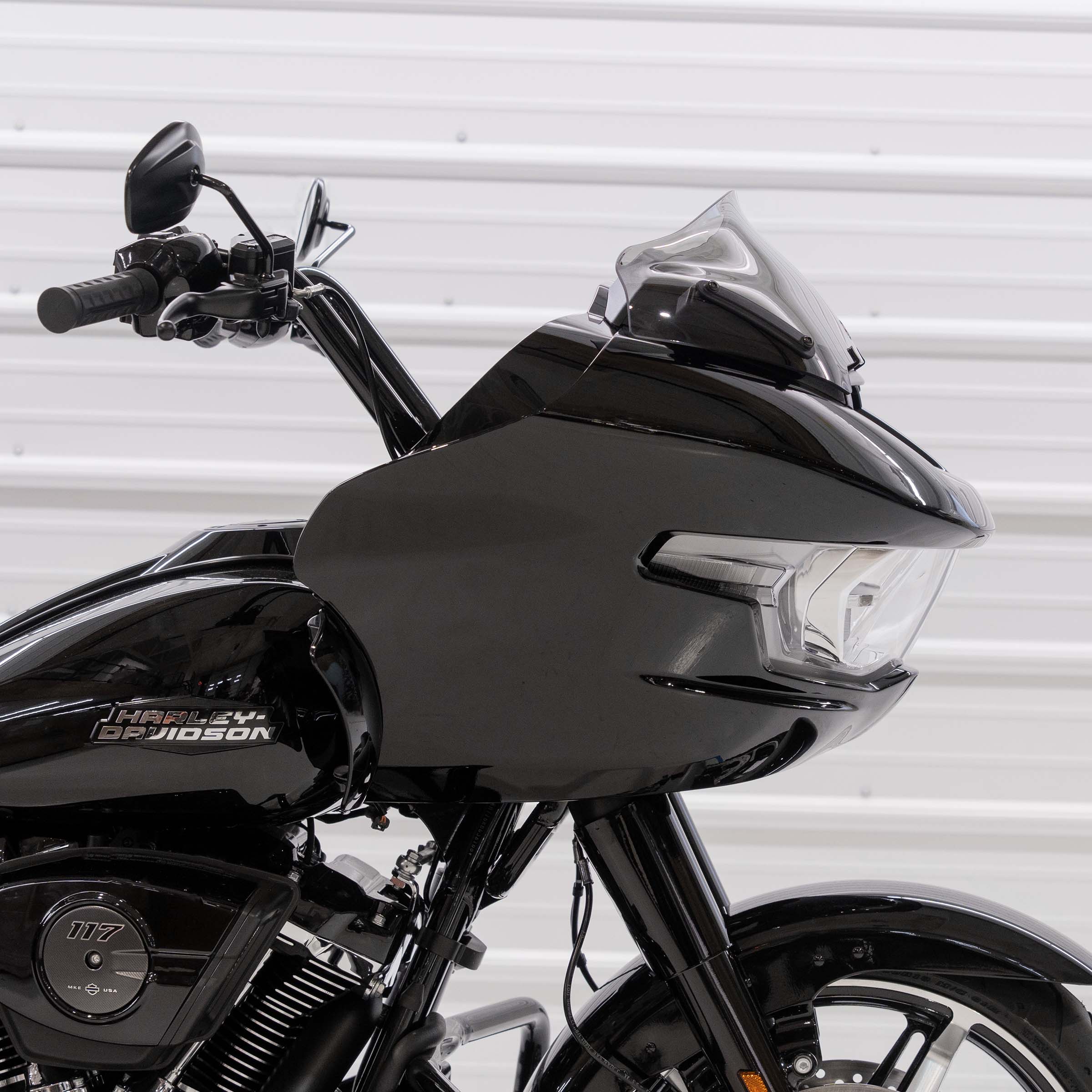Motorcycle enthusiasts understand the importance of a high-quality motorcycle windscreen. Whether you’re racing at high speeds or enjoying a long touring ride, a well-designed windscreen provides comfort, protection, and enhanced aerodynamics. Choosing the right motorcycle windscreen can transform your riding experience, reduce fatigue, and improve safety.
Why a Motorcycle Windscreen Matters
A motorcycle windscreen isn’t just a stylish accessory. It serves several crucial functions:
- Wind Protection – Riding at high speeds exposes riders to strong wind pressure. A proper motorcycle windscreen helps divert airflow, reducing fatigue and making long rides more enjoyable.
- Weather Shield – Rain, dust, and debris can affect visibility and rider comfort. A motorcycle windscreen acts as a barrier, keeping you safer during adverse conditions.
- Aerodynamics – For racers, aerodynamics is critical. The right motorcycle windscreen reduces drag, improves speed, and ensures better handling on the track.
Understanding these benefits is the first step in selecting the perfect motorcycle windscreen for your needs.
Types of Motorcycle Windscreens
Choosing a motorcycle windscreen involves considering different types based on riding style and preference.
Touring Windscreens
Touring riders prioritize comfort and protection during long-distance rides. A touring motorcycle windscreen is typically taller and wider, offering maximum coverage against wind and weather. These windscreens often feature adjustable heights to suit different riders and conditions.
Racing Windscreens
Racing motorcycle windscreens focus on aerodynamics and speed. They are usually smaller, streamlined, and designed to reduce air resistance. Racers benefit from lightweight materials and precise shapes that allow optimal airflow around the bike.
Sport and Cruiser Windscreens
Sport and cruiser bikes often have mid-sized motorcycle windscreens, balancing protection and style. These windscreens provide adequate wind deflection without compromising the bike’s aesthetics or maneuverability.
Materials Used in Motorcycle Windscreens
The material of your motorcycle windscreen affects durability, clarity, and performance. Common options include:
- Acrylic – Affordable and lightweight, acrylic motorcycle windscreens offer good clarity but may scratch easily.
- Polycarbonate – More durable and impact-resistant than acrylic, polycarbonate motorcycle windscreens are ideal for racing or touring in harsh conditions.
- Lexan – High-end motorcycle windscreens often use Lexan, which is lightweight, strong, and highly resistant to cracking.
Selecting the right material ensures your motorcycle windscreen withstands the rigors of your riding style.
How to Choose the Best Motorcycle Windscreen
Finding the ideal motorcycle windscreen requires attention to several factors:
- Bike Compatibility – Ensure your motorcycle windscreen matches your bike’s make and model for proper fit and functionality.
- Riding Style – Consider your typical riding conditions. Touring riders need taller windscreens, while racers prefer compact, aerodynamic designs.
- Material and Durability – Choose a motorcycle windscreen that can withstand wind pressure, debris, and weather conditions.
- Visibility – Clear visibility is critical. Opt for a motorcycle windscreen that does not distort your line of sight.
- Adjustability – Adjustable motorcycle windscreens offer flexibility for different speeds and riding conditions.
Installing Your Motorcycle Windscreen
Installing a motorcycle windscreen is straightforward with the right approach:
- Begin by carefully reading the manufacturer’s instructions.
- Use proper tools to avoid scratches or damage to the motorcycle windscreen.
- Ensure the windscreen is securely fastened to avoid vibrations at high speeds.
- Test the motorcycle windscreen at low speeds first, adjusting for optimal wind deflection.
A properly installed motorcycle windscreen enhances both comfort and safety on every ride.
Maintaining Your Motorcycle Windscreen
Maintenance is key to keeping your motorcycle windscreen in top condition:
- Regular Cleaning – Use a mild soap solution and a soft cloth to prevent scratches on your motorcycle windscreen.
- Inspect for Damage – Check regularly for cracks or chips that could compromise safety.
- Polishing – Certain materials allow gentle polishing to remove minor scratches and maintain clarity.
- Avoid Harsh Chemicals – Never use strong solvents, as they can damage your motorcycle windscreen.
Proper care ensures your motorcycle windscreen lasts longer and performs optimally.
Conclusion
A high-quality motorcycle windscreen is more than just an accessory; it’s an essential component for safety, comfort, and performance. Whether you’re racing or touring, selecting the right motorcycle windscreen can make a significant difference in your riding experience. Consider your riding style, bike compatibility, and material preferences to find a windscreen that meets your needs.
Investing in the perfect motorcycle windscreen guarantees not only a smoother ride but also enhanced safety and enjoyment on the road or track. Don’t compromise—upgrade your ride with a windscreen designed for excellence.
